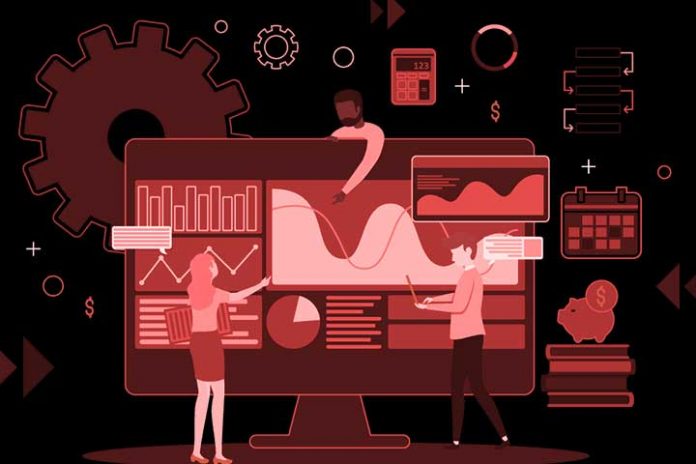Predictive models are increasingly used because they make it possible to predict strategic events and quantities for companies. Based on established knowledge, these models make it possible to predict future developments.
Predictive models: definition
System knowledge
A model makes it possible to translate a reality – for example the frequentation of a website – in a mathematical form. The model can be obtained in several ways:
- Using observations: This method is notably used in machine learning thanks to the availability of a large amount of data in the era of big data . For example, by analyzing the cookies of a website, it is possible to know that when a user spends more than 1 minute on the homepage of the site then in 7 cases out of 10, it will stay more than 5 minutes on this site.
- By defining a theoretical model: For example, in mechanics to describe the movement of an object, one describes the forces which apply to the object to define a theoretical model of the movement.
The evolution of the system
From a given state, the use of knowledge of the system makes it possible to predict its evolution. Thus knowing the website on which the user is and the time he spent there, the predictive model can give predictions on the journey of the user on the Internet, the pages on which he will go and the time that he will pass.
Why a predictive model?
Predictive models are used for the following 2 main use cases.
Event Prediction – Classification Models
The first use case is the prediction of an event . The objective is to answer the question: will such an event happen? For a concrete example, in meteorology the question can be: will it rain today?
From the a priori knowledge (data and modeling), the model gives a probability for the event . Such models are called classification models . Predictive models introduce a notion of risk; they do not make a totally certain prediction. Thus in meteorology a model can predict a risk of precipitation of 98%, but not an absolute certainty.
Similar models exist on this principle of classification but they respond more to an objective of operational efficiency and not of prediction. For example, in fraud detection, a model answers the question “Is this transaction fraudulent?” and predicts 75% risk of fraud on this operation.
Predicting a Quantity – Regression Models
The second use case is the prediction of a quantity. This is called a regression model . In this situation the model can answer two questions:
- Observation: How much will be observed? For example: how many people are going to attend the Cannes Film Festival? The model can use the popularity of the actors present, the success of the films in the year or the weather to answer it.
- Evolution: How will the quantity evolve over time? For example: How many Vélib’ will be used hour by hour in the coming months? To answer this question, the model uses the history of Vélib’ use. He then relies on the trend – use of Vélib’ has fallen over the years with the arrival of other forms of mobility – or even seasonality – Vélib’ are used more in summer than in winter, and less used between 2 p.m. and 5 p.m. and between 6 p.m. and 8 p.m.
In both cases of use, the notion of uncertainty is always present, as for the prediction of an event. The random part is obvious here: it is impossible to predict the exact number of Vélib’ used at a given time with certainty.
Note that even for “exact” predictive models such as physical models, the observation is subject to measurement uncertainties.
The following video explains the difference between a classification task and a regression task in a more general context than predictive models.
Conclusion
By using knowledge about a data system obtained by observation or modeling, predictive models make it possible to anticipate the evolution of this system. These models make it possible to predict events (classification) or quantities (regression) in a statistically reliable way but always retain a degree of uncertainty.
Also Read: What Is Scrum?

